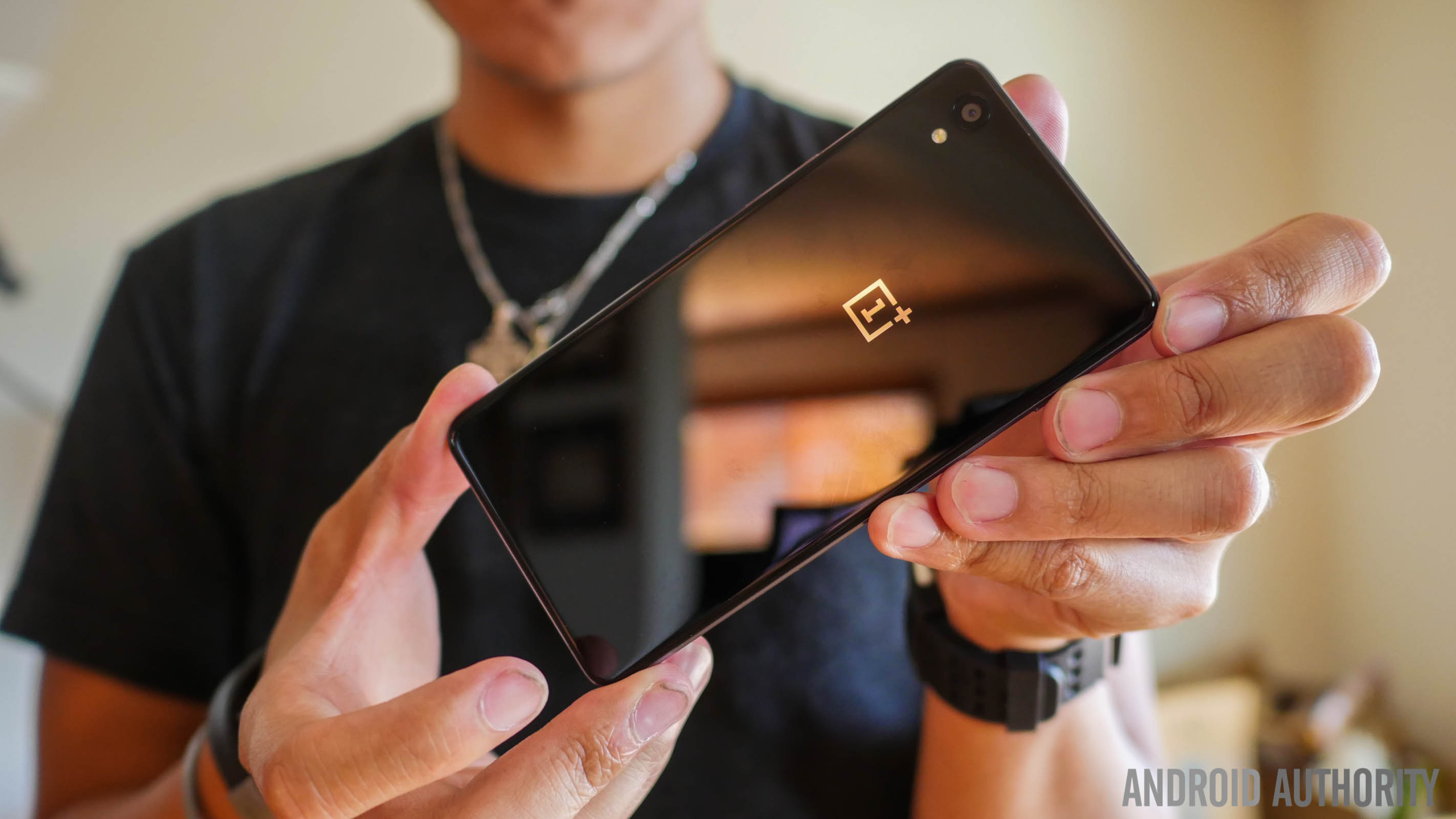Verizon quietly launches Visible, its answer to AT&T’s Cricket

- Verizon Visible is an MVNO that gets you unlimited data, talk, and text on the Verizon network for $40 per month.
- However, you can’t sign up for service yet unless someone who currently has service invites you.
- Also, only iPhones are supported on Visible as of now, with Android support “coming soon.”
Although there hasn’t been much press on the matter, Verizon Wireless launched a new MVNO service this year that gives you unlimited data, talk, and texts for $40 per month on the nation’s largest mobile network. It’s called Visible, and it’s essentially Verizon’s version of Cricket.
If you’re not aware, Cricket is owned by Verizon’s main rival in the U.S. mobile industry, AT&T. Cricket users have prepaid mobile contracts which get them service on the AT&T network. However, Cricket caps its data speeds and prioritizes traffic for AT&T’s postpaid customers.
Verizon’s Visible is essentially the same concept: you pay a lot less money than you would being a postpaid customer with Verizon, but you get access to the same network with slower speeds on a lower tier of traffic priority.
The novelty of Visible that is not present with Cricket is that you won’t find any brick-and-mortar Visible stores. That’s because Visible is an entirely in-app experience. You sign up for service and monitor your account completely within Visible’s app or website. You can pay your monthly bill with PayPal or Venmo.
Since Cricket has physical stores – which create significant financial overhead – plan pricing at Cricket is higher than Visible. The cheapest unlimited plan on Cricket is $55 per month ($50 if you sign up for autopay) and gets you data speeds up to 3Mbps on the AT&T network. In comparison, the $40 per month you pay Visible gets you speeds up to 5Mbps on the Verizon network.
With Visible, your $40 per month gets you unlimited service, but that service is capped in significant ways.
Both network plans do not have any international service and don’t include premium features like mobile hotspot usage. Your video streaming quality is also always capped at 480p with whichever service you choose.
Overall, Visible seems like an excellent deal for people who want to save money while still having access to the biggest mobile network in the United States.
However, there is some bad news: right now, the only way you can get Visible service is to be invited by another Visible member, similar to how OnePlus initially sold the OnePlus One. Also, Visible currently only works on the iPhone 6 or newer; no Android support is available yet.
According to the F.A.Q. page on Visible’s website, “Android support is coming soon.”
What do you think? Would you sign up for a $40 per month plan on the Verizon network, even if it got you slow speeds and other limitations? Let us know in the comments!
NEXT: The best prepaid and no-contract plans in the U.S.
Source: Android Zone
The post Verizon quietly launches Visible, its answer to AT&T’s Cricket appeared first on TuneMaster.ml.




